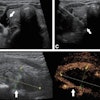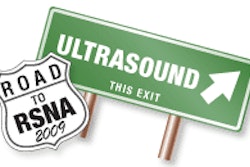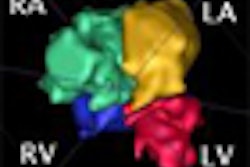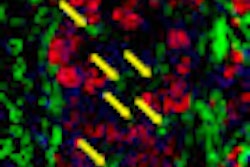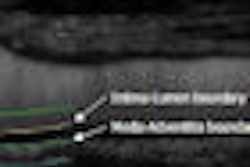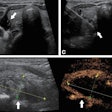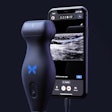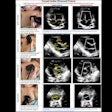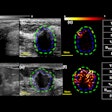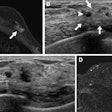Monday, November 30 | 9:10 a.m.-9:20 a.m. | VG21-04 | Room E451A
An increasing number of cystic pancreatic lesions are being detected on MRI exams, and contrast-enhanced ultrasound (CEUS) may be able to play a role in characterizing them, according to this study by Italian researchers.Contrast-enhanced ultrasound's ability to depict blood flow in small vessels has made it a good tool for visualizing pancreatic lesions. But little attention has been paid to the role of contrast ultrasound in identifying and characterizing serous cystoadenomas, according to Dr. Niccolo Faccioli of G.B. Rossi Hospital in Verona, who will present the paper.
Faccioli's group performed a retrospective study of 61 patients with pancreatic serous cystoadenomas examined between 2004 and 2009. Patients received both contrast-enhanced ultrasound and dynamic MRI, and the accuracy of the modalities was compared for anatomical features of lesions such as intralesional septa and central scar.
The researchers found that MRI had a sensitivity for intralesional septa of 91.1%, compared to 92.9% for contrast ultrasound. Both MRI and contrast ultrasound had specificities for intralesional septa of 83.3%. The modalities turned in roughly equivalent numbers for positive predictive value, negative predictive value, and accuracy.
For central scar, MRI had a sensitivity of 85.7% versus 78.6% for contrast ultrasound, and in specificity both MRI and contrast ultrasound recorded 97.9% specificity. The difference in diagnostic accuracy between the two studies was not statistically significant, the authors said.
"CEUS may be useful in the characterization of pancreatic serous cystoadenoma, and may be proposed in the follow-up of these lesions," the group concluded.
